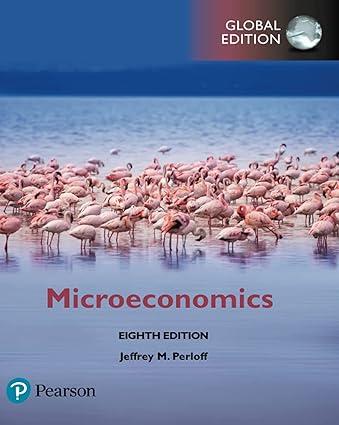Governments may use, and have used, wage subsidies to reduce unemployment in times of economic recession. For
Question:
Governments may use, and have used, wage subsidies to reduce unemployment in times of economic recession. For example, from January to August 2009, Mexico provided wage subsidies to certain firms in eligible industries; they reduced work schedules rather than lay workers off in response to the fall in demand (Bruhn, 2016). The percentage of workers laid off had to be no more than onethird of the percentage drop in sales. The amount of the subsidy per worker was essentially Mex \(\$ 110\) per day to a maximum of \(\operatorname{Mex} \$ 5,100\) every two months, adjusted by the firm's percentage decrease in sales and the percentage of workers retained. If a firm reduces its production in response to a fall in demand and the government covers \(30 \%\) of the wage cost, what effect will this subsidy have on a cost-minimizing firm's choice of labor and capital to produce at the lower output level? Assume the firm has strictly convex isoquants and that labor and capital are normal inputs (that is, the use of each varies directly with the level of production).
Step by Step Answer:






